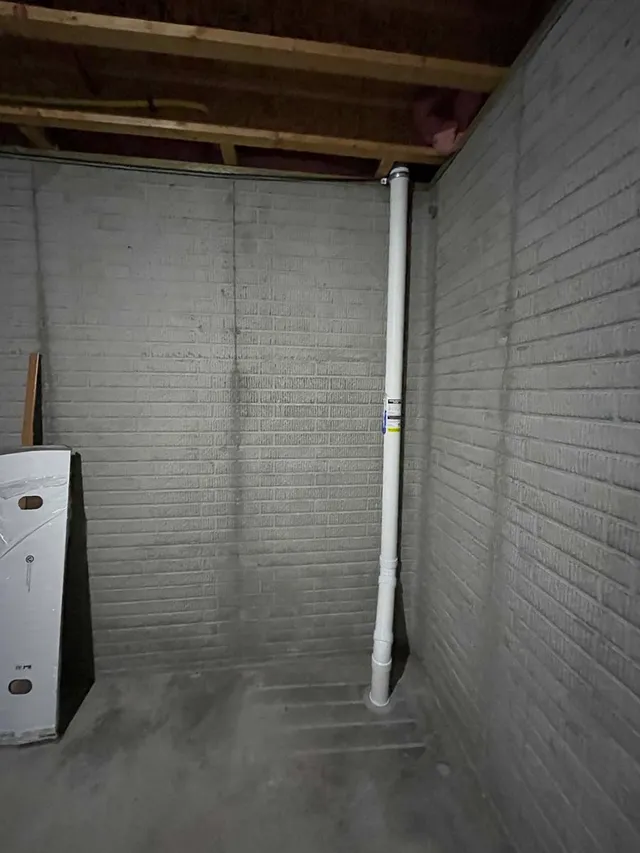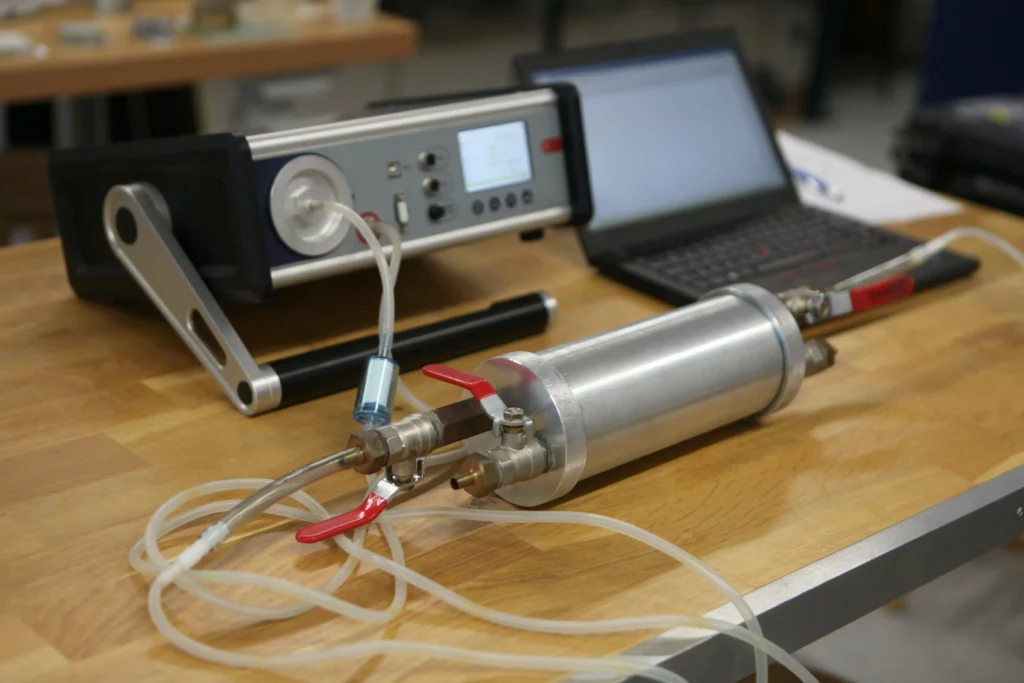When it comes to creating a safe and healthy indoor environment, radon testing should be at the top of your priority list. Radon is a colorless, odorless radioactive gas that seeps into buildings from the soil and Waterloo, IA, is no exception when it comes to elevated radon risks. Because you can’t see, smell, or taste radon, testing is the only way to know if your property is affected.
At Milledge Construction, we’ve built a reputation as a trusted partner for Waterloo homeowners and business owners alike. With years of experience in radon testing and mitigation, we provide reliable solutions that safeguard your health and peace of mind.

Learn more about our radon testing services by calling (641) 218-5006 now.
Waterloo sits in a region where soil and rock formations naturally produce higher levels of radon gas. This gas can enter your home or business through foundation cracks, sump pits, crawl spaces, and other openings. Once inside, it becomes trapped, building up to unsafe levels over time.
Long-term radon exposure is the second leading cause of lung cancer in the United States. Whether you’re protecting your family, employees, tenants, or customers, radon testing is a simple step that can prevent serious health risks down the road.
Contact our team today for more information on our radon mitigation services in Waterloo, IA.

We provide radon testing and mitigation services for:
No matter the size or type of building, our certified team uses professional-grade testing equipment to deliver accurate results.
Originating from the natural decay of uranium, which is present in almost all soils, radon typically ascends from the ground into the air and can infiltrate your residence through foundation cracks and other openings. Once inside, your home acts as a containment for radon, allowing it to accumulate. Radon issues are not exclusive to specific homes; any residence may potentially face a radon problem. Some common ways radon can seep into your home or building:
Small or large cracks in the foundation of your home provide direct entry points for radon to seep in.
Points where different materials meet, such as floor-wall joints or wall-wall joints, can create openings for radon to enter.
Spaces around pipes and other penetrations in the foundation or walls can serve as entry points for radon gas.
Homes equipped with sump pump basins, designed to prevent flooding, may be vulnerable to radon entry through gaps in or around the sump pump.
Radon can move through spaces within walls, especially if these spaces connect to the soil.
In some cases, radon can be present in well water. When water is used in the home for activities such as showering or cooking, radon can be released into the air.
Radon can move through the soil and building materials via capillary action, which is the ability of a liquid or gas to flow in narrow spaces without external forces.
Once inside the home, radon can be further distributed by ventilation systems, including heating, ventilation, and air conditioning (HVAC) systems.
If your home has a brick exterior, spaces between bricks can sometimes allow radon to enter.
Gaps or joints between the floor and walls can be potential entry points for radon gas.
Milledge Construction provides residential and commercial radon testing services throughout Iowa. You can also trust us to install or repair mitigation systems to prevent radon from pooling in your property. We provide top-notch services and have years of experience in this industry.
Please use the form on this page to email us. You can also call (641) 218-5006 to speak with us directly. Our team looks forward to hearing from you soon.